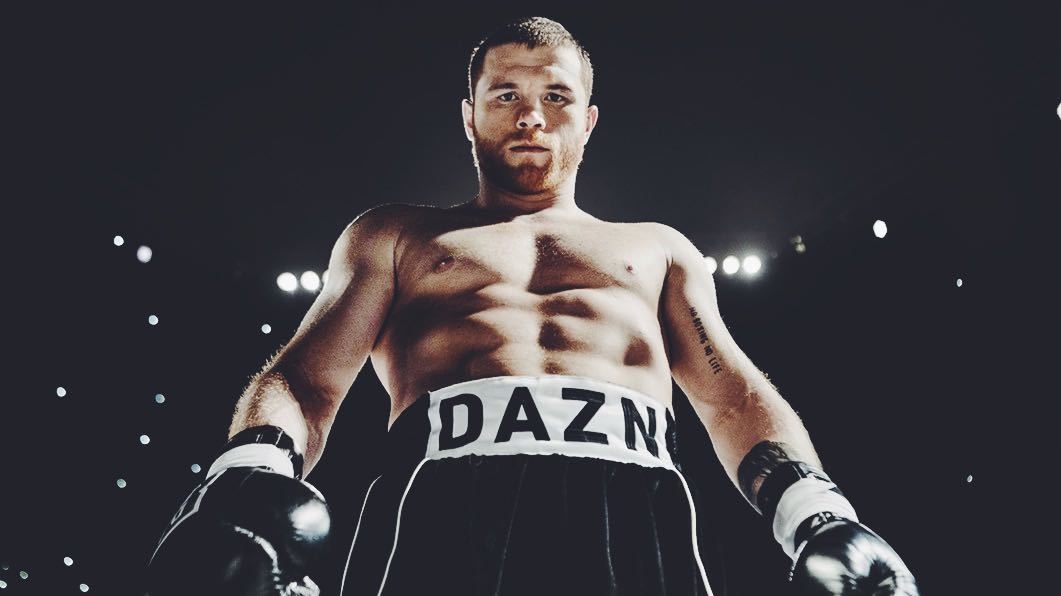Can digital continue to land boxing’s knockout punches?
Boxing hasn’t always embraced the future. Steeped in tradition, from Rocky’s Philadelphia steps to the hallowed ring of Bethnal Green’s York Hall, it’s a sport that has too often sat back on pugilistic pride of a rich sporting tapestry. Not anymore.
The Marquess of Queensbury Rules remain broadly the same, but a noticeable sea change is flowing over the sport as a new generation of promoters, stars and broadcasters begin to embrace the world of digital. The timing couldn’t be better.
2019 is set to be a huge year for boxing; the heavyweight scene has recovered from a post-millennial nadir, with Anthony Joshua exploding into the mainstream after a breath-taking win over Wladimir Klitschko at Wembley in 2017.
Tyson Fury’s 2018 comeback, climaxing in a jaw-dropping rise from the canvas to salvage a draw against Deontay Wilder in December, has set up a mouth-watering trio of potential bouts over the next twelve months as fans across the globe debate which of the trio deserve to sit top of the pile.
Britain in particular has fallen back in love with the sport in recent years, initially awoken by Carl Froch and George Groves before Tony Bellew and David Haye raked in over 1.6 million pay per view buys following a heated pair of bouts at the O2 Arena.
However, the usual format of broadcast is set to be revolutionised. Bursting onto the scene is DAZN, which bills itself as the “Netflix of Sports”. Created by UK based Perform Group, the company boasts rights properties from the Champions League, to Formula One and the National Football League.

Last year they struck a five-year, multi-million-dollar broadcast contract with US boxing promoter Golden Boy, with an agreement to screen up to ten live and on-demand fights per year, with the jewel in the crown being superstar Saul ‘Canelo’ Alvarez. Bouts will be shown in Austria, Germany, Japan, Switzerland, Canada and the USA, with subscribers paying as little as $9.99 stateside. Compare that to the one-off fee of $99.95 punters had to stump up to watch Conor McGregor take on Floyd Mayweather, and the business model starts to make sense.
The action isn’t just provided by American promoters. The charismatic Eddie Hearn shocked many by partnering with DAZN to show a number of his Matchroom boxing shows exclusively on the platform in the US, with the deal worth upwards of $1 billion. The Essex born showman was fully prepared to take on the traditional TV broadcasters.
“HBO and Showtime are the two major players over here,” Hearn said. “And that is a bigger annual budget than they have put together. It’s the biggest deal in boxing history.”
Matchroom aren’t the only UK based operation to try their hands at OTT. In September 2017 Hennessy Sports partnered with YouTube, exclusively broadcasting Hughie Fury’s narrow defeat to Joseph Parker on the platform in the UK and Ireland, Mexico and America amongst others.
This shift is surely a wise move. Neilson data from 2017 showed that the average age of the boxing TV viewer was a whopping 49 years old, up from 45 in 2000. In contrast, Millennials dominate YouTube’s viewership.
The platform hasn’t just showcased its potential for live streams of the sport. Its ability to hook in young viewers for binge watching sessions, and to enhance the narrative of a business reliant on strong stories has proved fruitful.
Leading the way is IFL TV. The brainchild of much-loved British presenter Kugan Cassius, at the time of writing the channel has amassed 522,658,359 views since its inception in 2010. The 416,000 subscribers aren’t there for high end content. Unprecedented access to the sport’s most high-profile figures, including regular interviews with Hearn and Joshua, ensures that Kugan and the gang’s lo-fi production still packs a punch. Fighters are of course more than happy to give up their time and are far more lucid than you might see Premier League stars in their average Match of the Day post-match chat. They know controversy sells.

Used wisely, social media as a whole is proving to be a happy hunting ground for boxers wise enough to project their personality. Away from the big brand names at the top of game, Dave Allen is a pretty extraordinary case in point. The Doncaster born heavyweight has a modest record of 16 wins and 4 losses and is yet to chalk up a victory over one of the division’s high flyers. Despite this, he’s become a regular on premium Matchroom shows, so much so that he’s earned the tongue in cheek moniker ‘Papi-Pay-Per-View’ as he regularly sits on the undercard for some of the world’s biggest names.
The 26-year-old certainly has raw talent, but his popularity is in no small part down to his affable nature on Twitter and Instagram, and he boasts a combined total of over 140,000 followers across both platforms. His tone is perfect, the sense of humour irresistible and it combines to drive an ever growing fanbase that should ensure his career continues to ride a wave throughout 2019. It’s a template that others should follow.Naturally the unforgiving world of social can also cause athletes to fall to the canvas. Former World Champion Billy-Joe Saunders found that out to his cost, after an infamous video prank received universal condemnation and led to a £100,000 fine from the British Boxing Board of Control.
Such unsavoury incidents aside, the sport will surely continue to rise in the rankings throughout the course of 2019, with the new generation of stars such as Josh Kelly and Joshua Buatsi ensuring that, in Britain at least, the future looks bright.
Should they continue to jab away at the world of digital in the ensuing years, there’s no reason why boxing can’t continue to land those knockout punches.




